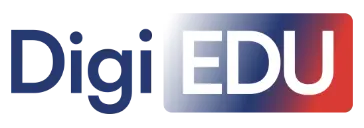






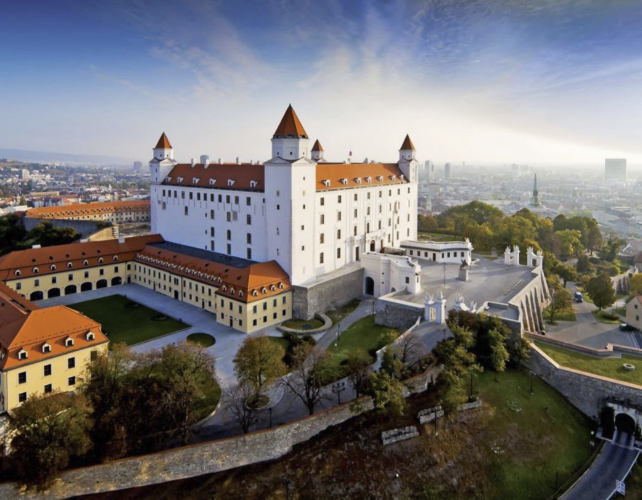

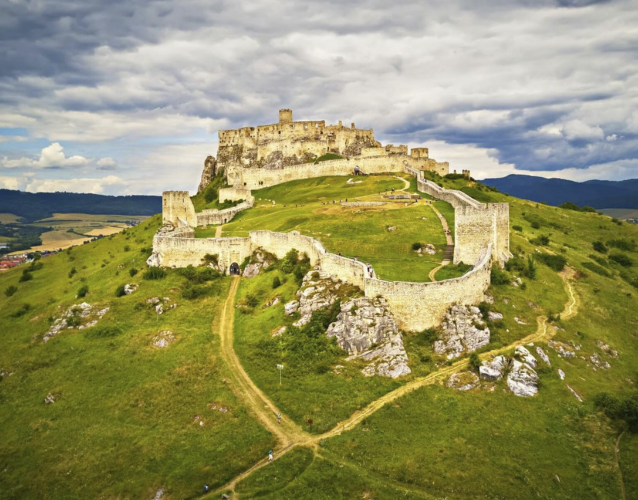
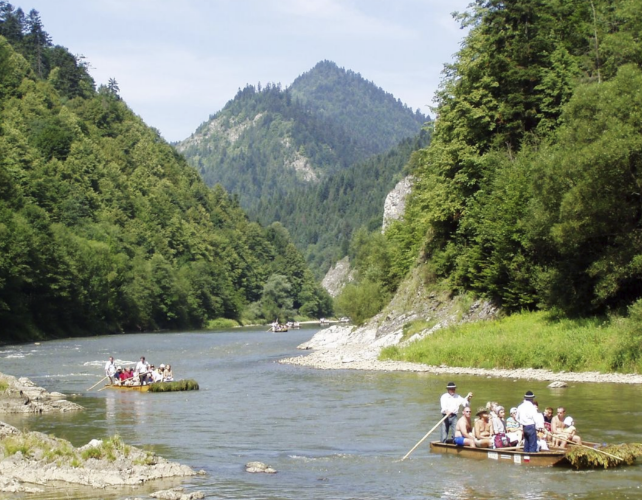
| Area: | 49,035 sq. km (18,933 sq. miles) |
|---|---|
| Capital city: | Bratislava (population: 452,288) |
| Population: | 5.4 million |
| Official language: | Slovak |
| State system: | Republic |
| Political system: | Parliamentary democracy |
| EU Member: | Since 2004 |
| Time: | Central European Time (GMT+1) |
| Currency: | Euro (EUR) |
| Borders: | Hungary, Poland, Czech Republic, Austria, Ukraine |
The education system in Slovakia comprises a variety of schools that provide education to thousands of children and young people. These schools differ in focus and type of management, yet together they form the foundation for building an educated society.
| Number of schools: | 2,000 |
|---|---|
| Church schools: | 90 |
| Private schools: | 110 |
| Public schools: | 1,800 |
| Number of students: | 490,000 |
| Number of schools: | 800 |
|---|---|
| Number of teachers and specialists: | 21,000 |
| Number of students: | 230,000 |
DigiEDU is based on the model proposal for the European Commission, 'Highly Equipped and Connected Classrooms (HECC)' providing guidelines at student, teacher, classroom and school level.
Set a flexible digital equipment standard for schools to support education's digital transformation.
Avoid strict mandates; guide investments and initiatives.
Enable monitoring of schools' digital readiness.
Update regularly to reflect technological advances.
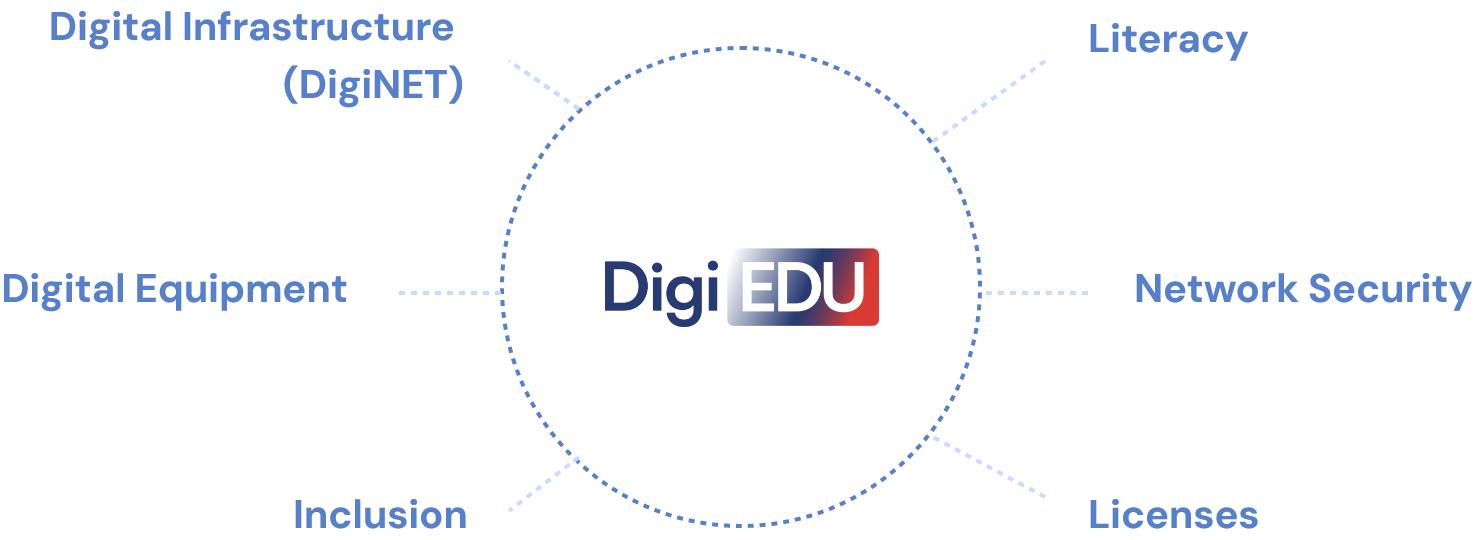
Devices for Students, Teachers, Classrooms in primary and secondary schools
Inclusive and Specialized IT Equipment for students with special education needs in primary and secondary schools
Office software licenses for teachers and students in primary and secondary schools
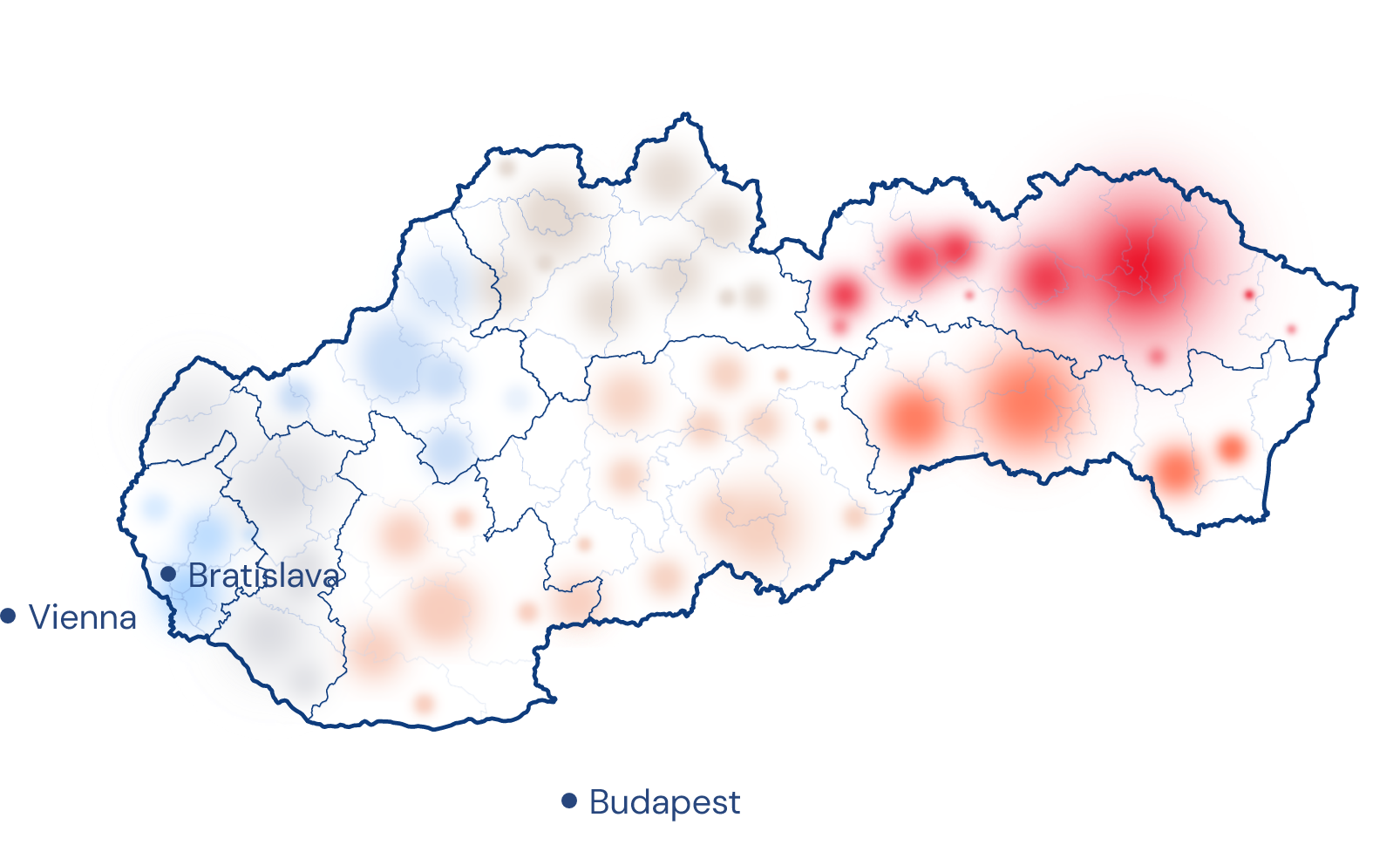
Ensuring Very High Broadband Connectivity coverage in Classrooms in Primary and Secondary schools (Financed by RRF)
Providing Regional School Partners (RPS) for operational support of network services at Primary and Secondary schools
National Central NODE (NCU) – ensuring the security of school network users through the implementation of centralized network security components
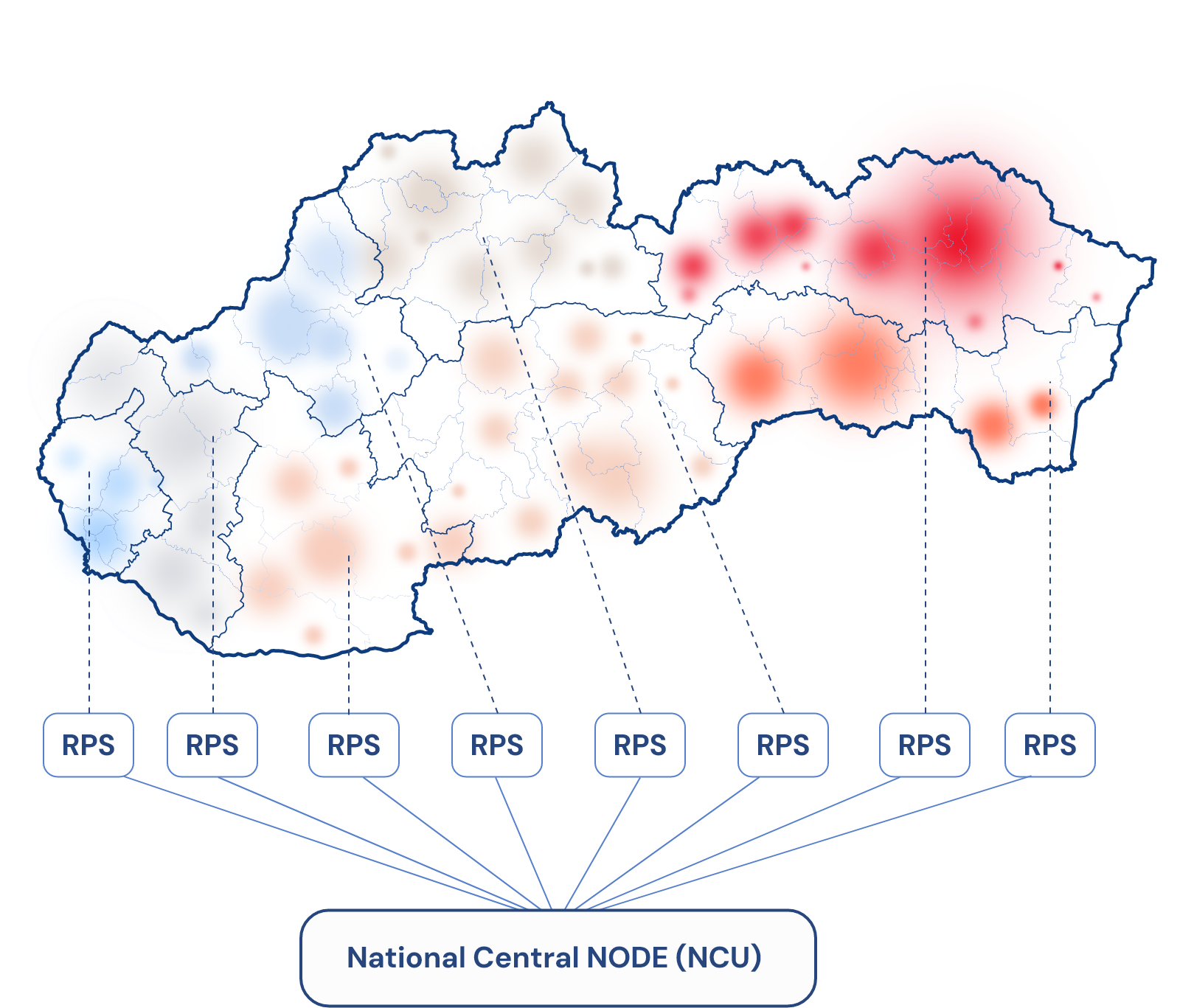
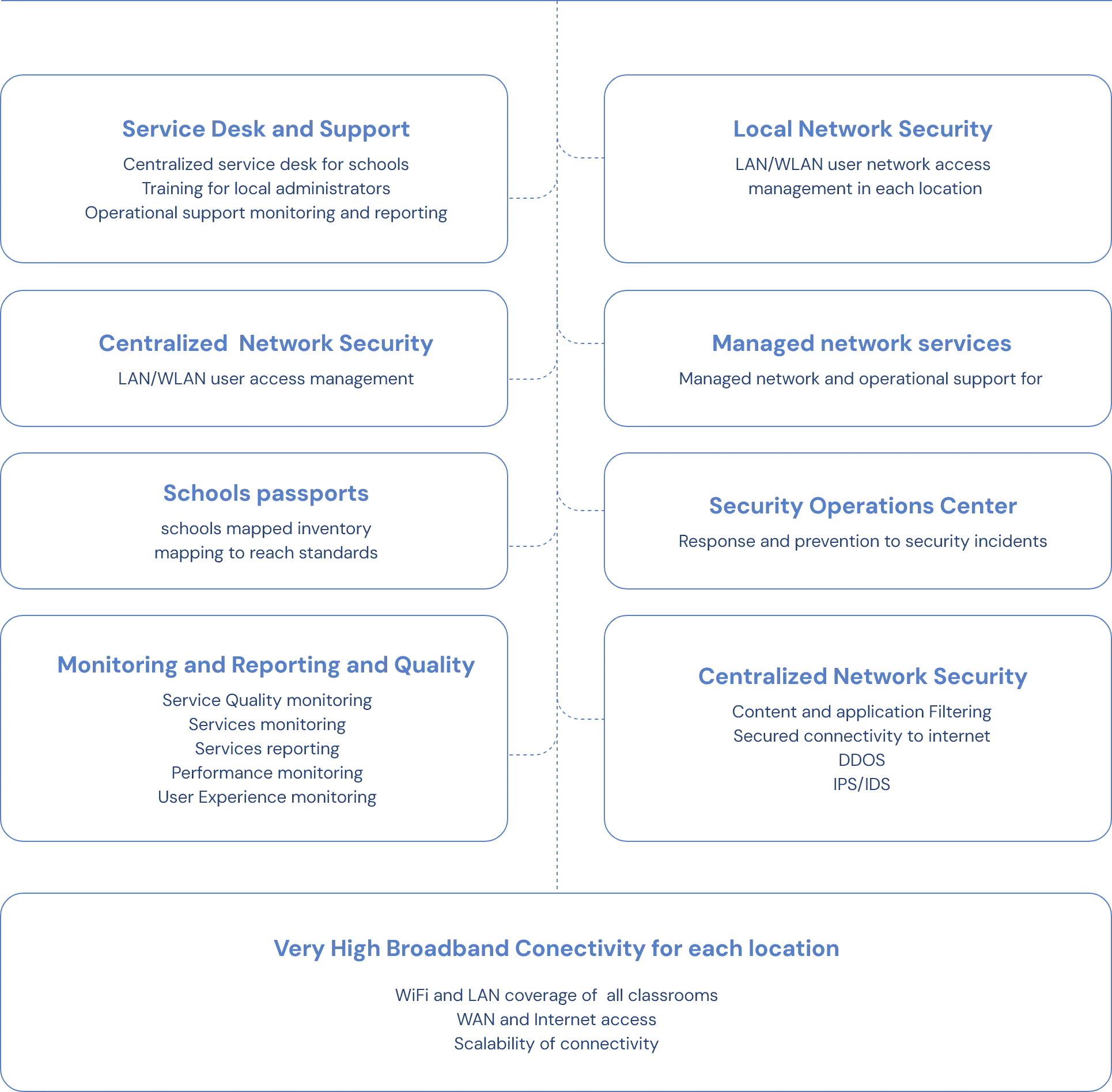
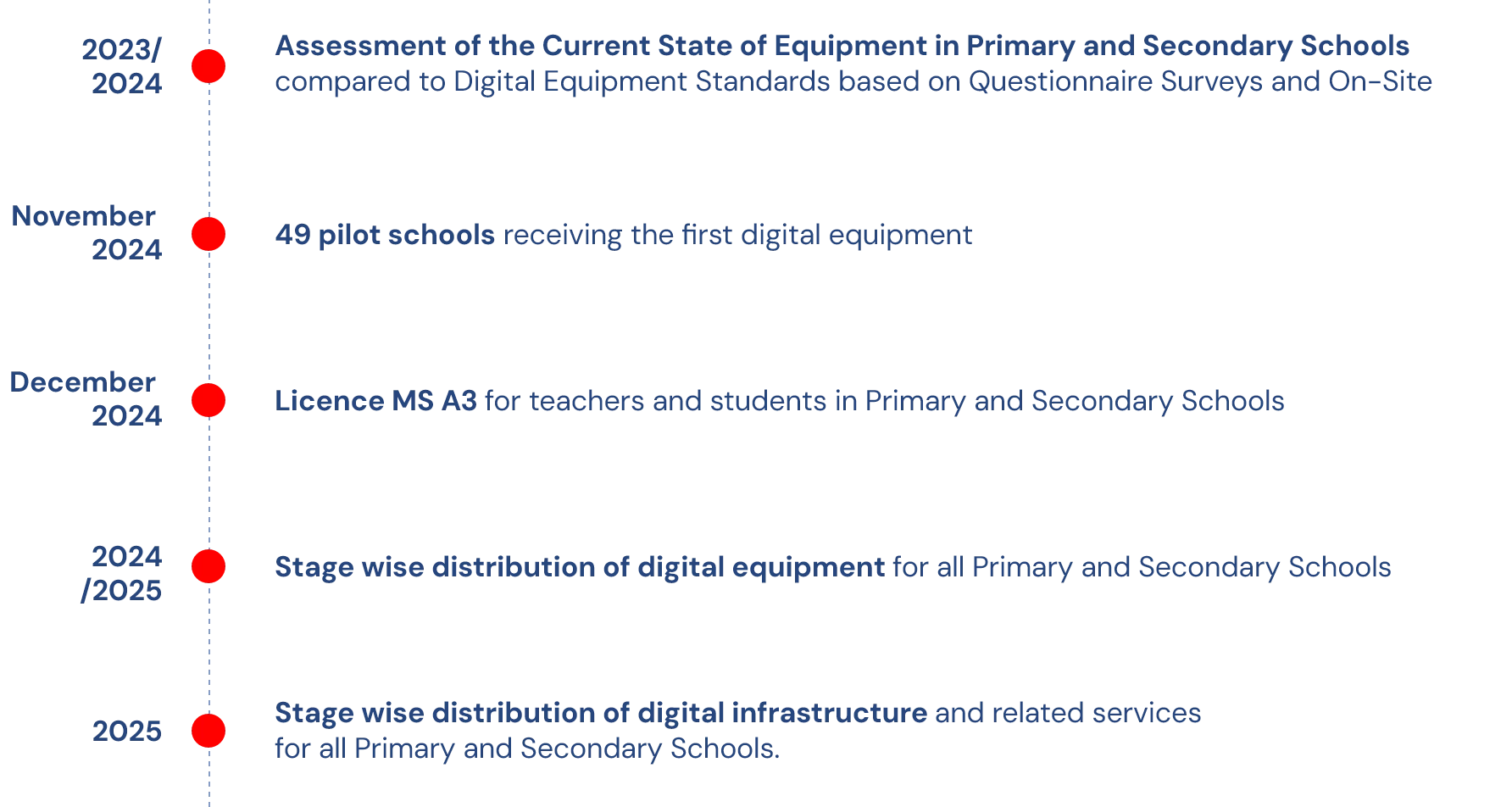
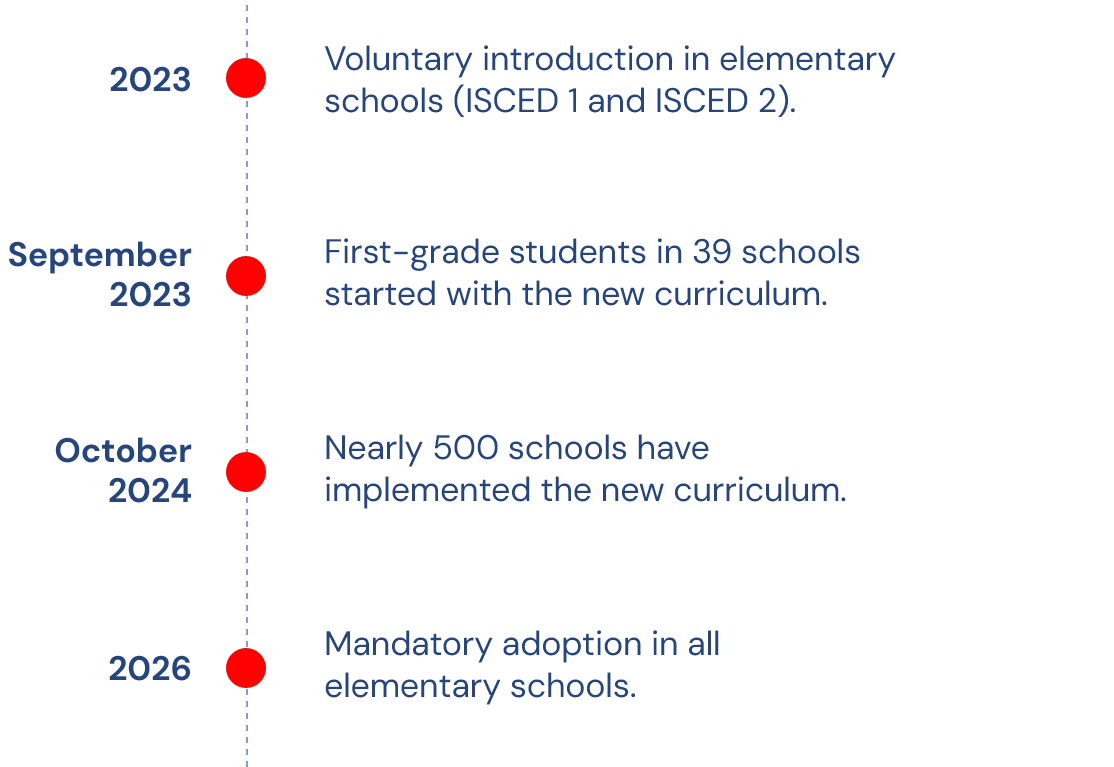
Includes domain-specific computer literacy, cross-disciplinary digital literacy, and a separate subject for computer science, ensuring comprehensive education in digital skills. Schools are given the flexibility to develop content standards and integrate digital literacy into their curricula according to their individual needs.
National Centre for Digital Transformation of Education
Regional Teacher Support Centres: 40 centres
FCL (Future Classroom Lab) currently: 3 labs
Planned FCLs: 3 additional labs